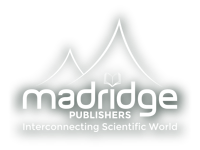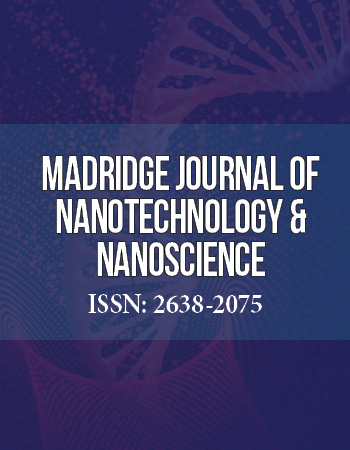3rd International Nanotechnology Conference & Expo
May 7-9, 2018, Rome, Italy
Elimination of Hexavalent Chromium by Adsorption on Natural and Modified Kaolin by a Probe Molecule
1Chemistry Department, ABBES Laghrour - Khenchela University, Algeria
2Mechanical Engineering Department, ABBES Laghrour- Khenchela University, Algeria
3Tribology, Materials Surface and Interfaces Group, Laboratory of Foundry, Annaba University, Algeria
4Laboratory of Water Treatment and Valorization of Industrial Waste, Department of Chemistry, Algeria
Chromium is an element found in many liquid effluents. In its hexavalent form, it has a very high toxicity. Among the methods of treatment of releases containing chromium (VI), the most common is that which consists of a reduction followed by a precipitation of chromium (III) obtained in the form of hydroxide. This technique in the surface treatment medium nevertheless has some disadvantages: (1) production of sludge, (2) high consumption of often toxic reagents. Current research is directed towards the development of low cost processing processes using materials such as natural clays, zeolites and activated carbons.
Several works showing the role of screen (antipollution) played by the clays were made. Indeed, Wagner, studied the migration of heavy metals in the basements below the different discharge sites. It has shown that heavy metals have been fully retained at a depth of a few centimeters (36 cm) below the clay-waste limit for sites with 40 to 50% clay.
For our part, we were interested in the study of fixing hexavalent chromium from an aqueous solution by natural and/or modified kaolin. The study was carried out under conditions close to industrial water treatment.
The study of the adsorption of hexavalent chromium showed that the maximum amounts of Cr (VI) adsorbed on natural and/or modified kaolin are respectively; 4.01 mg/g and 2.94 mg/g. Indeed the treatment of kaolin by purification, then by intercalation of a cationic surfactant, has obviously increased the surface area of kaolin from 48.7 m2/g to 63.7 m2/g, which represents an increase of 18%.
Biography:
Hezil Naouel; Doctorate degree in chemistry (Option: Physical chemistry of materials and interfaces), Magisterʼs degree in Physical Chemistry, DEA in Physical Chemistry, State Engineer Diploma in TChemistry (Analytical chemistry). Bachelor of Science (Exact Science). Teacher at the university abbes alaghrour, khenchela Algeria since 2012, Teacher at the University of Batna from 2009 to 2012.
2011-2012: Member of the Scientific Committee, Department of Biology, University of Batna. Since 2014: Member of the Scientific Committee, SM Department, Khenchela University. Since 2015: Member of the research laboratory, University of Khenchela. Since 2016: Head of Department Science of Subject University of Khenchela.


